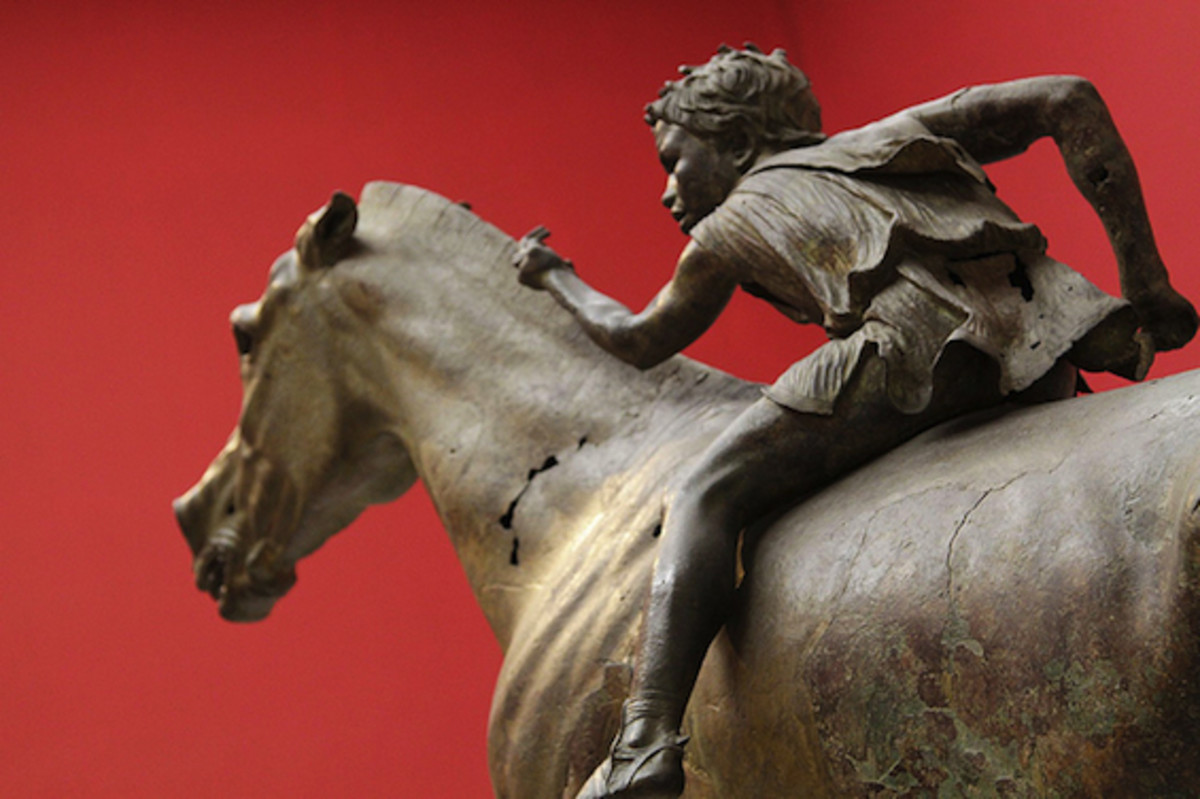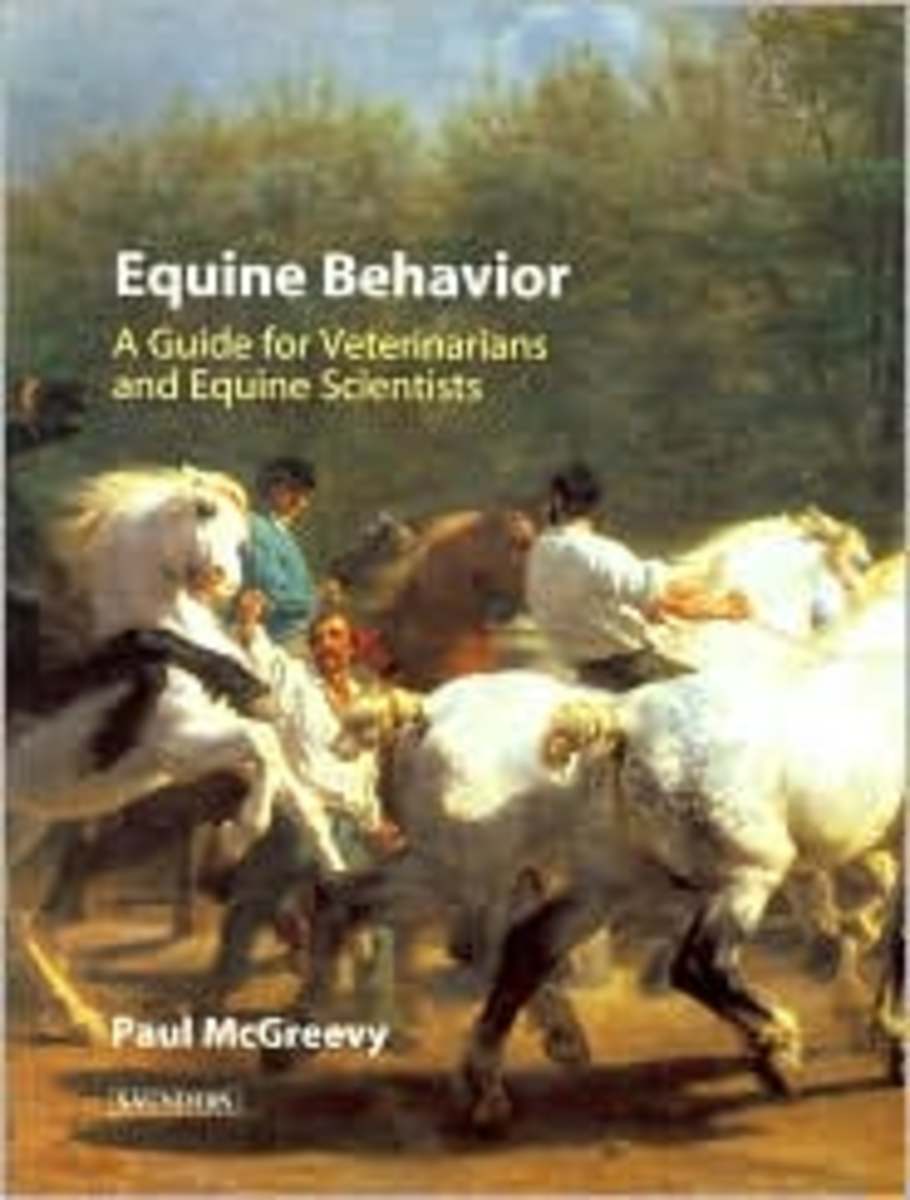Futility of Whipping Racehorses Wins Research Prize for University of Sydney’s McGreevy
- March 10, 2017
- ⎯ Fran Jurga
Stop and think for a minute: If you lived in Australia, it would be against national law to whip one of your animals. There is only one place where whipping is allowed. And there, it is not only allowed, it is expected. And hardly a head will turn.

That place, of course, is a racetrack.
Researchers tell us that Australian racehorses collectively receive more than a million whippings a year because of the long-held belief among jockeys and trainers that the practice enhances a horse’s performance and a rider’s safety. In addition to the questionable morality of flogging tired horses for human entertainment, ground-breaking research has cast real doubts on the effectiveness of whipping to get horses over the finish line.
Led by Professor Paul McGreevy, researchers at the University of Sydney’s Faculty of Veterinary Science have challenged the use of the whip in Thoroughbred racing. Indeed, their findings suggest whipping does not increase horses’ chances of finishing in the top three and that they actually run faster when they are not being hit.
In addition, the researchers have proposed an ethical framework for assessing the impact of different equine sports on animal welfare.

For research underpinning the humane treatment of horses in sport, Professor McGreevy and his team received the 2011 Eureka Prize for Scientific Research that Contributes to Animal Protection. The research group comprises Professor McGreevy, Honorary Associate Professor David Evans, Honorary Associate Dr Andrew McLean and Honorary Associate Dr Bidda Jones.
The prize is part of the Australian Museum‘s Eureka Prizes, the most prestigious awards in Australian science. The winners were announced last night at a star-studded evening for the country’s most inspired minds.
[VIDEOSINGLE type=”youtube” keyid=”YZFTPoROMJI”, width=”560″, height=”344″]
This video from TVG suggests that elite racehorses may need less whipping.
“The Eurekas”, as they are fondly known, have become the most coveted science awards in Australia. Every scientist knows a ?eureka!’ moment that comes after decades of singular dedication, deep inquiry and rich collaboration. Receiving an Australian Museum Eureka Prize is regarded as a pinnacle achievement for any Australian scientist.
“Professor McGreevy’s team has been instrumental in bringing an ethical dimension to horse training and racing at an international level,” said Frank Howarth, Director of the Australian Museum. “Moreover, the team has shown through scientific research that much of the harm currently inflicted on horses in sport bears no real benefits anyway.”
After analyzing data on whip strikes in the last 600 meters of races, it was found that horses achieved highest speeds when there was no whip use.
Under rules set by the Australian Racing Board, the peak governing body for Thoroughbred racing in that country, only horses in contention to win a race can be whipped, yet 98 per cent of horses in the most recent study conducted by Professor McGreevy’s team were whipped. After analyzing data on whip strikes in the last 600 meters of races, it was found that horses achieved highest speeds when there was no whip use. Most whip use occurred in the final 400 meters when horses were fatigued.
Jockeys claim they need the whip for their own safety because it can be used for steering and to prevent collisions. However, another study by Professor McGreevy’s team casts doubt on this claim. The researchers compared racing in the Australian states of New South Wales (where horses run in a clockwise direction) and Victoria (where they run counter-clockwise) and found that most jockeys hold the whip in their right hands.

The researchers concluded that whether jockeys are right- or left-handed is more likely to determine their whip hand, not the direction of the track. They theorize that this challenges the view that the whip is used for steering.
The $10,000 Voiceless Eureka Prize for Scientific Research That Contributes to Animal Protection is awarded to an individual or team for scientific research that has contributed, or has the potential to contribute, to animal protection.
About Paul McGreevy: Paul McGreevy is recognized as one of the world’s leading experts on companion animal behavior and welfare. His research has been published in four books, five book chapters and 46 peer-reviewed journals. He has been awarded over $500,000 in research grants. In 2009, Professor McGreevy received the British Society of Animal Science/RSPCA Award for his innovative developments in animal welfare.
McGreevy’s most significant studies have included investigating the prevalence of abnormal behaviors and “stereotypies” in stabled horses and the effects of observational learning on food selection in horses. He has studied how the digestive efficiency, behavior and gut transit times of horses change as a result of cribbing. These findings are critical in helping to explain the functional significance of equine stereotypies.

Another interesting area of his research is in studying the “laterality” of horses, which he describes this way: “My most recent equine study demonstrated that motor laterality differs in breeds of horse. Selection of racing animals that are highly reactive may have involved inadvertent selection for right-brain dominance. Although useful on the racetrack, this quality may be inappropriate in horses that are used in contexts that are less predictable (e.g., for work in traffic). My work has shown that the absence in horses of a correlation between laterality of nostril use and motor bias indicates that lateralization in equine brains occurs on at least two levels ? sensory and motor.”
To learn more: The citation for Dr. McGreevy’s paper on whip use is:
Evans D, McGreevy P (2011) An Investigation of Racing Performance and Whip Use by Jockeys in Thoroughbred Races. PLoS ONE 6(1): e15622. doi:10.1371/journal.pone.0015622
The good news is that the full paper may be read online, for free, thanks to the Public Library of Science and it’s journal, PLoS One. Click on this link to read the paper: Evans and McGreevy: Whip Use by Jockeys in Thoroughbred Racing.








